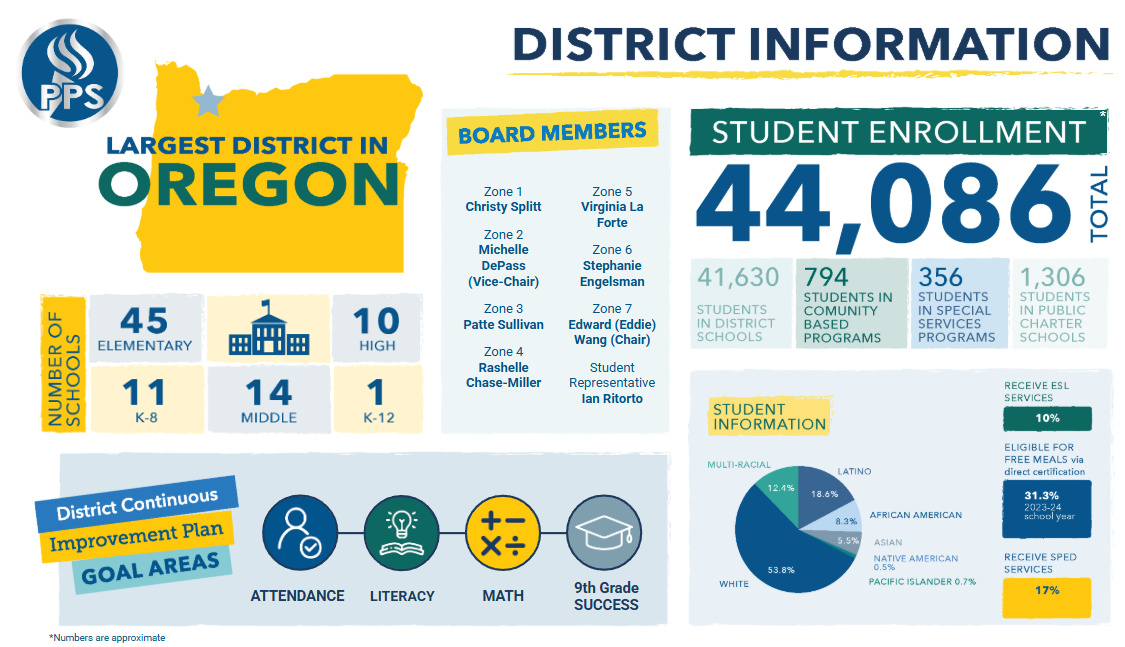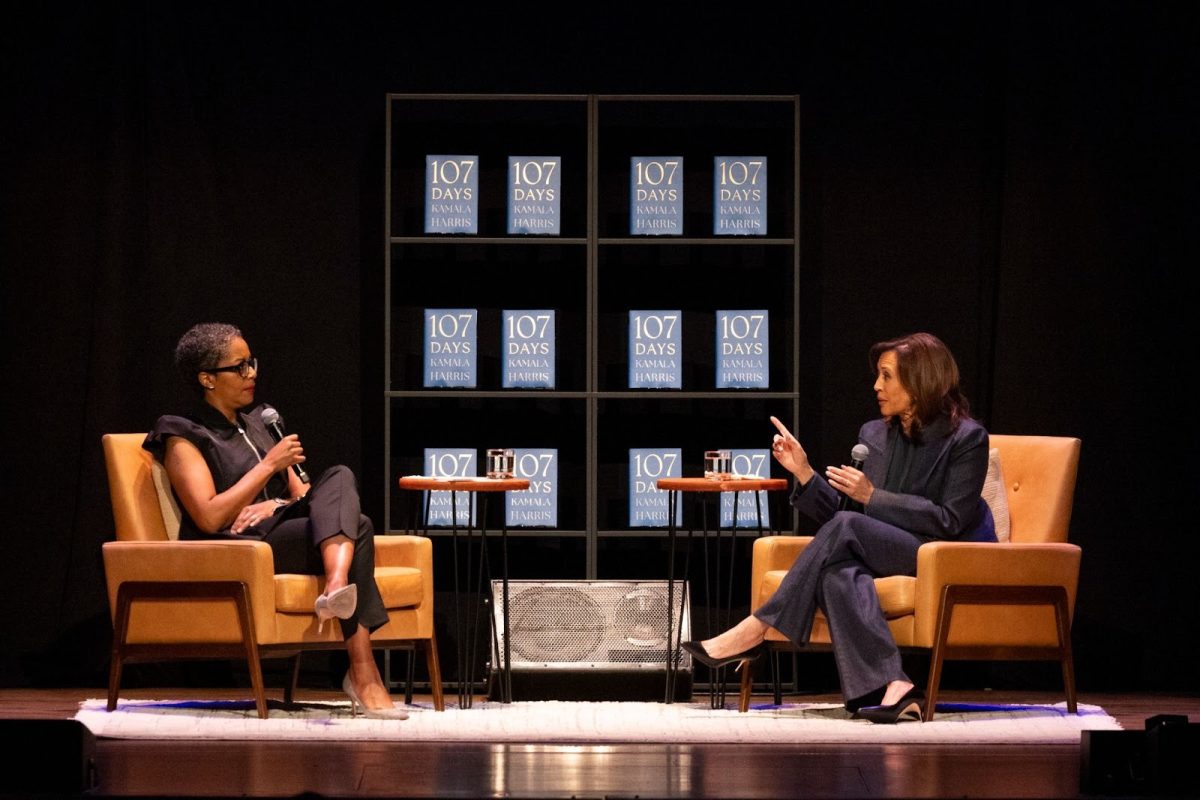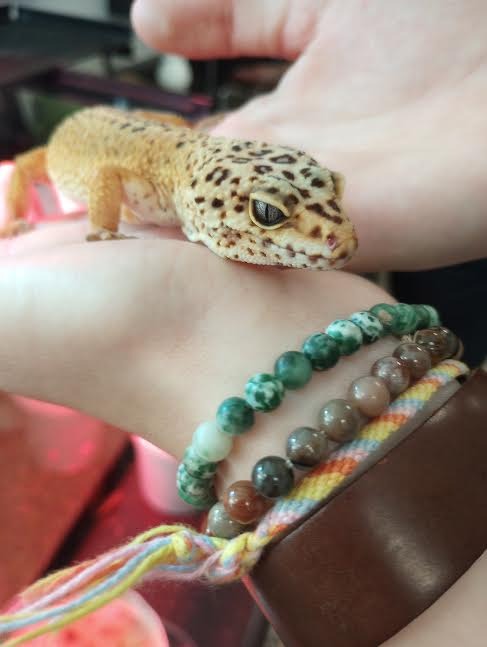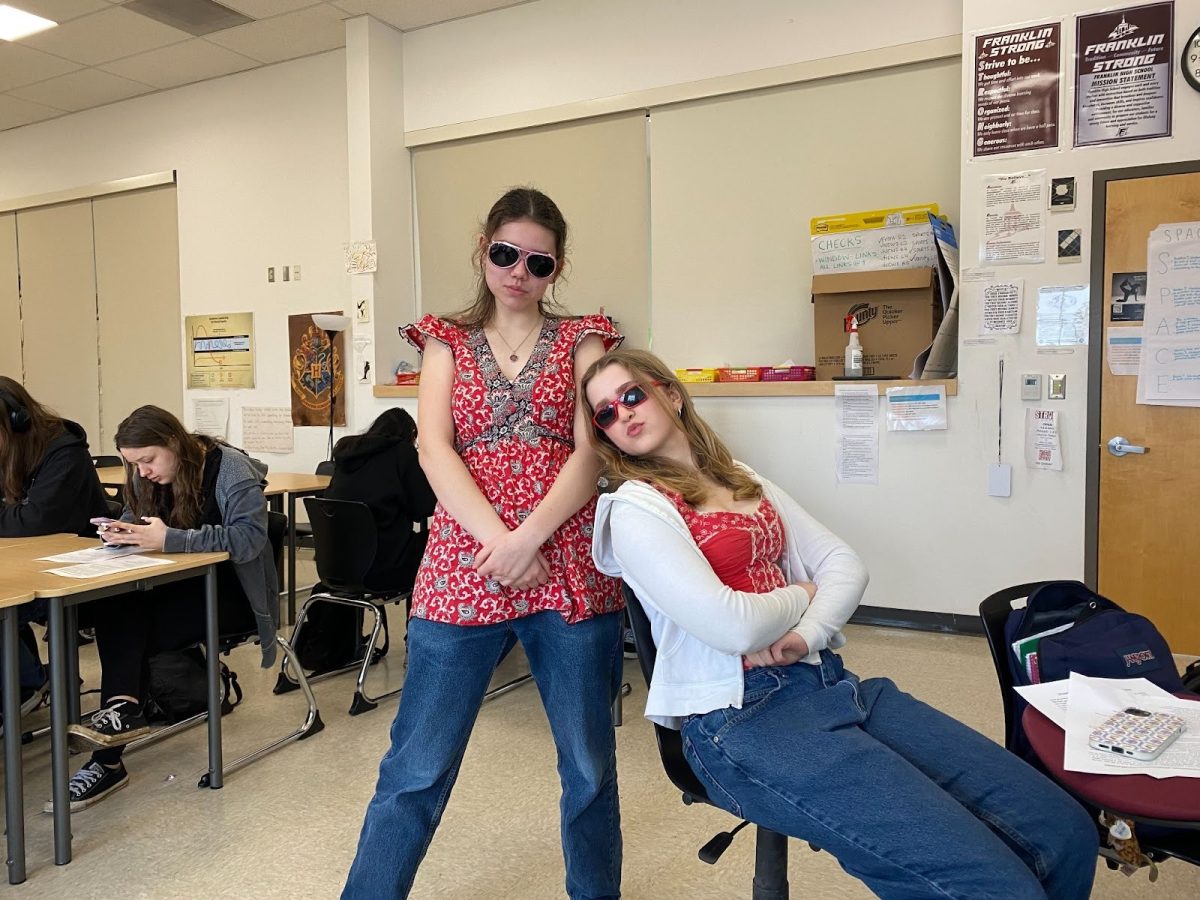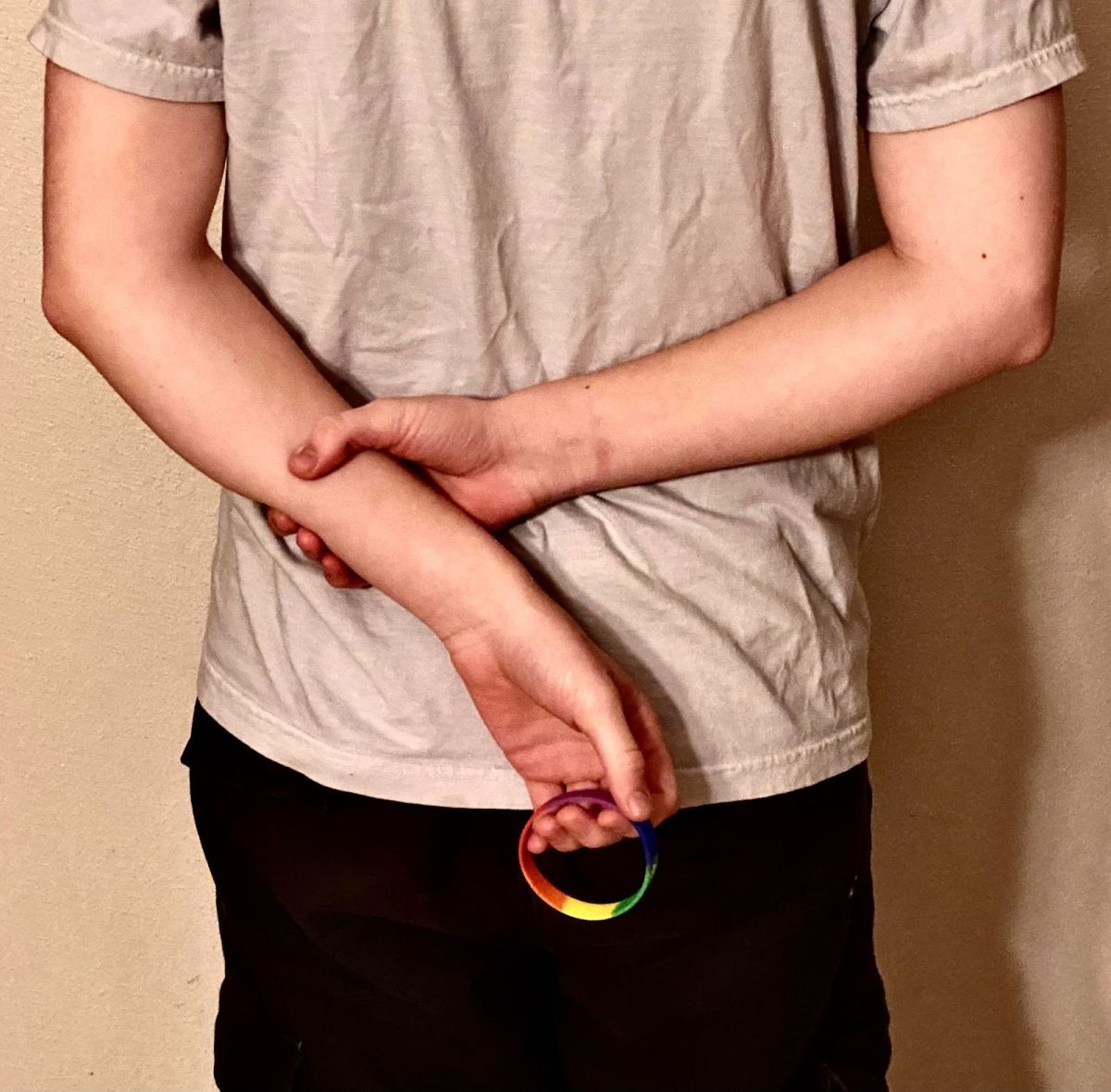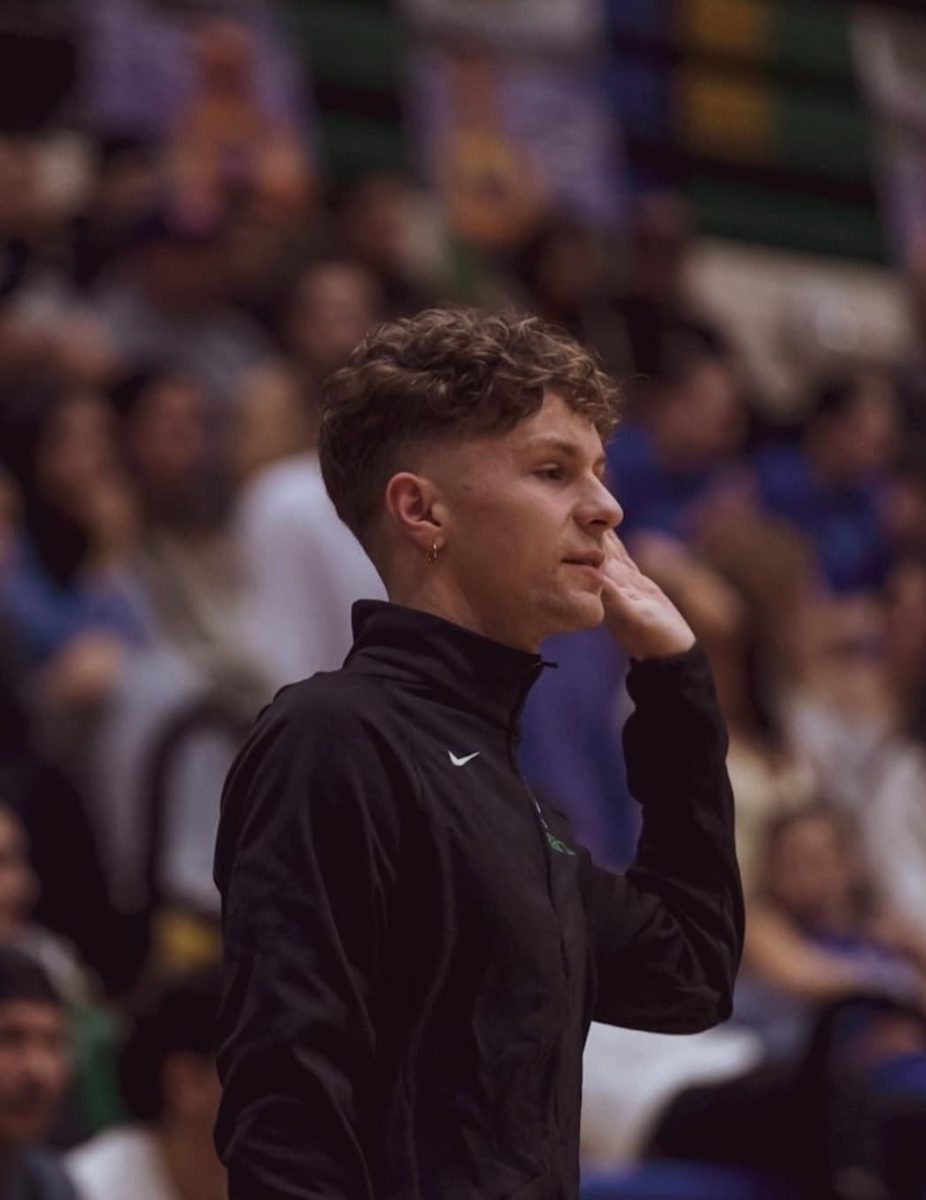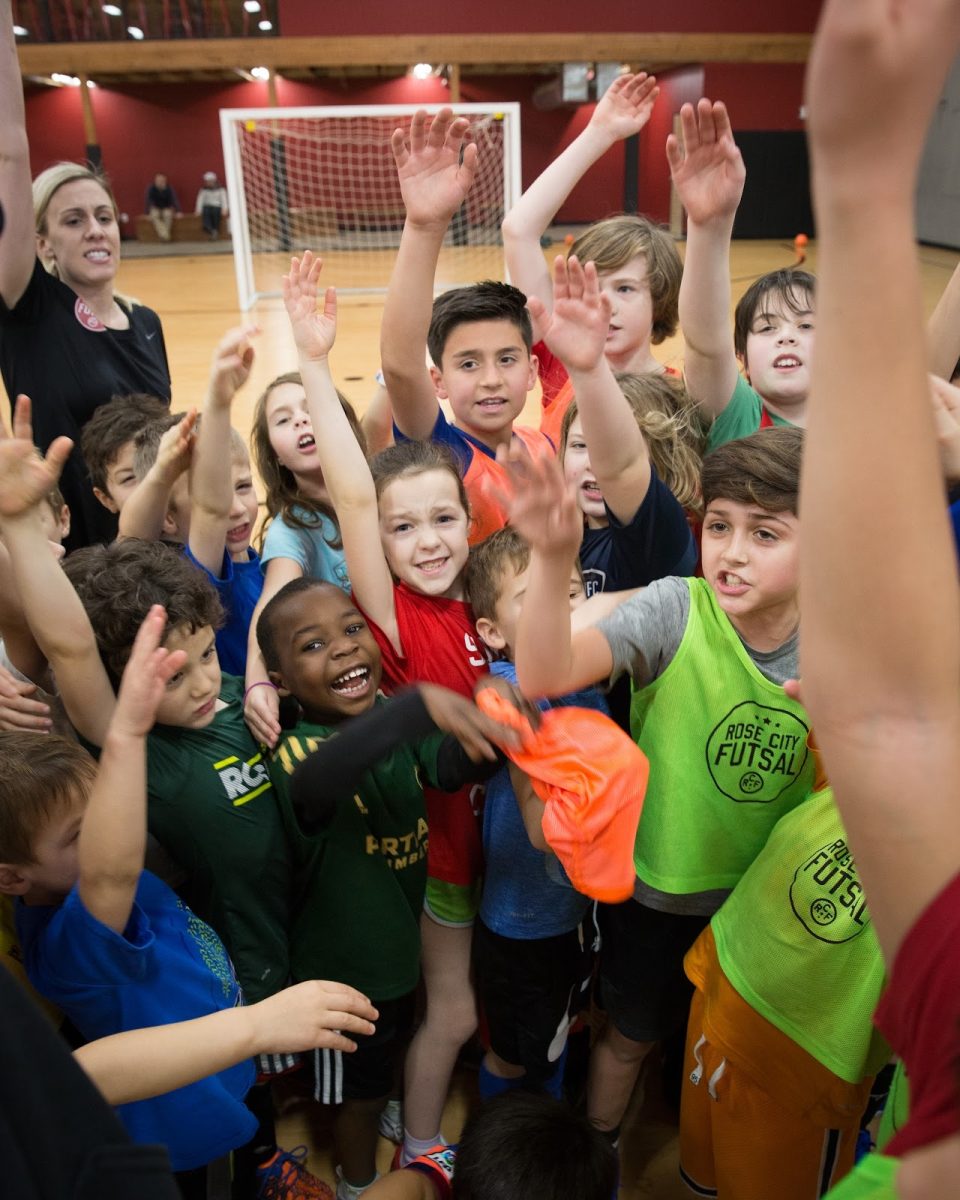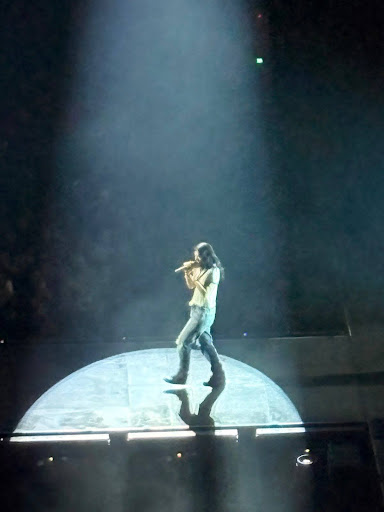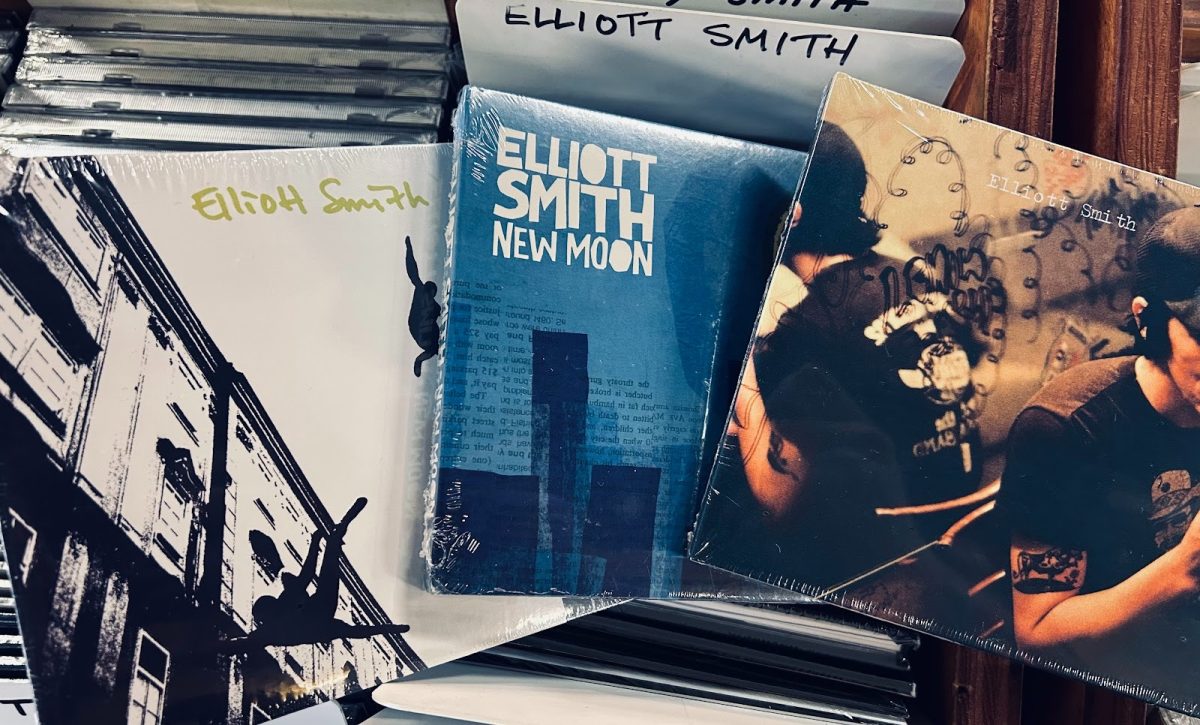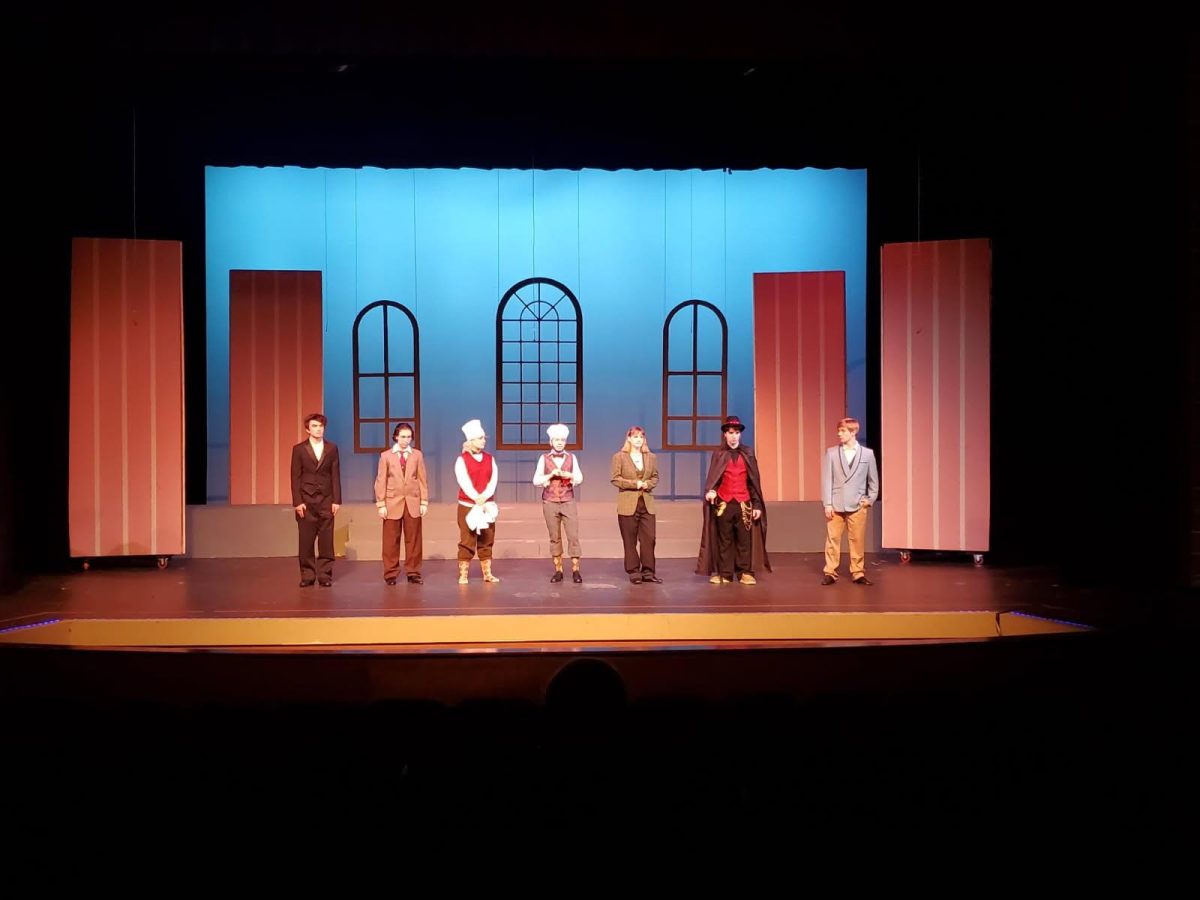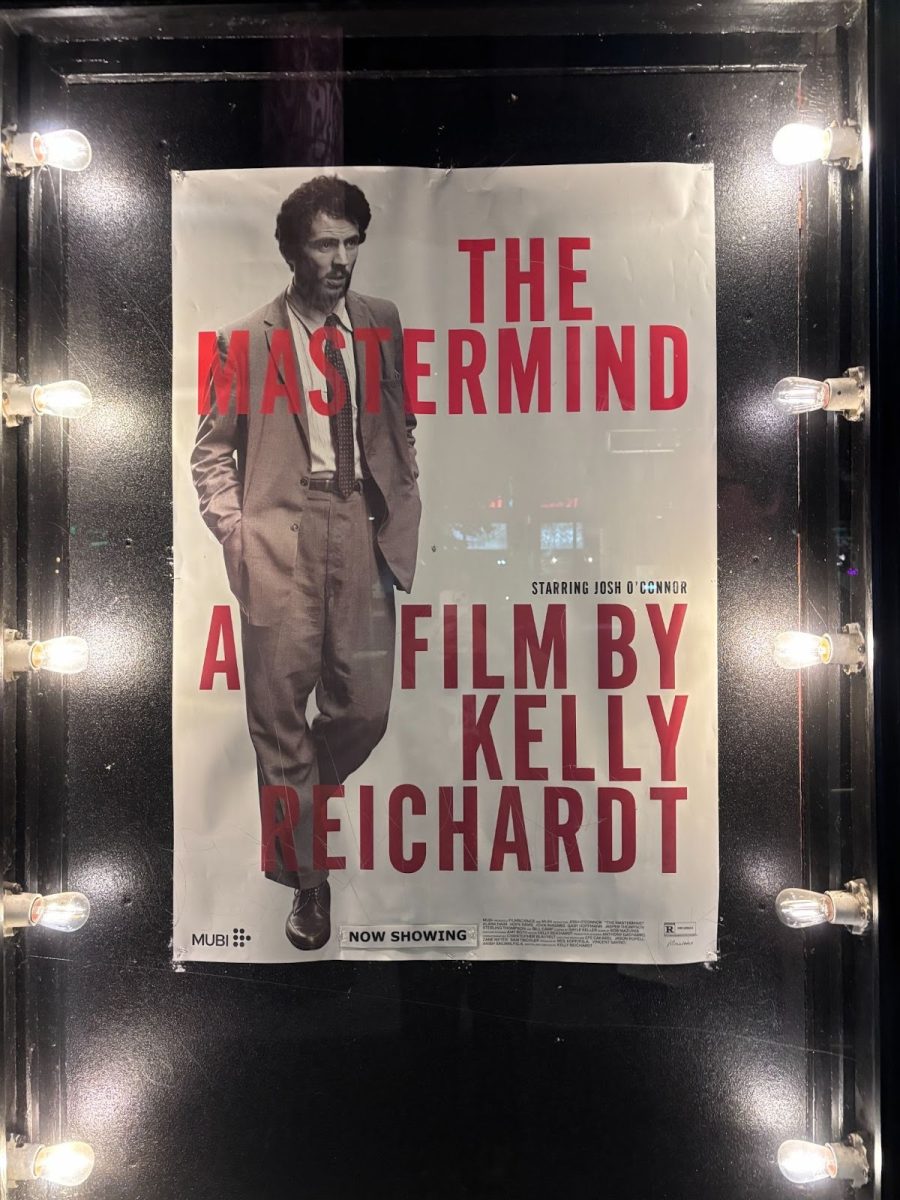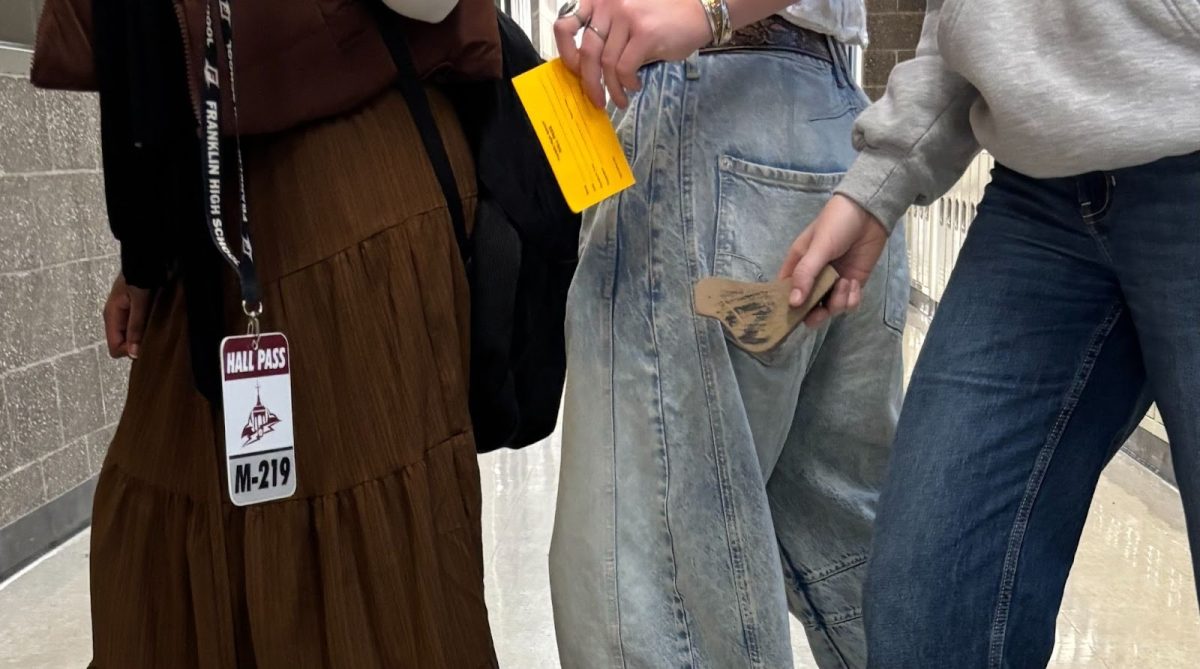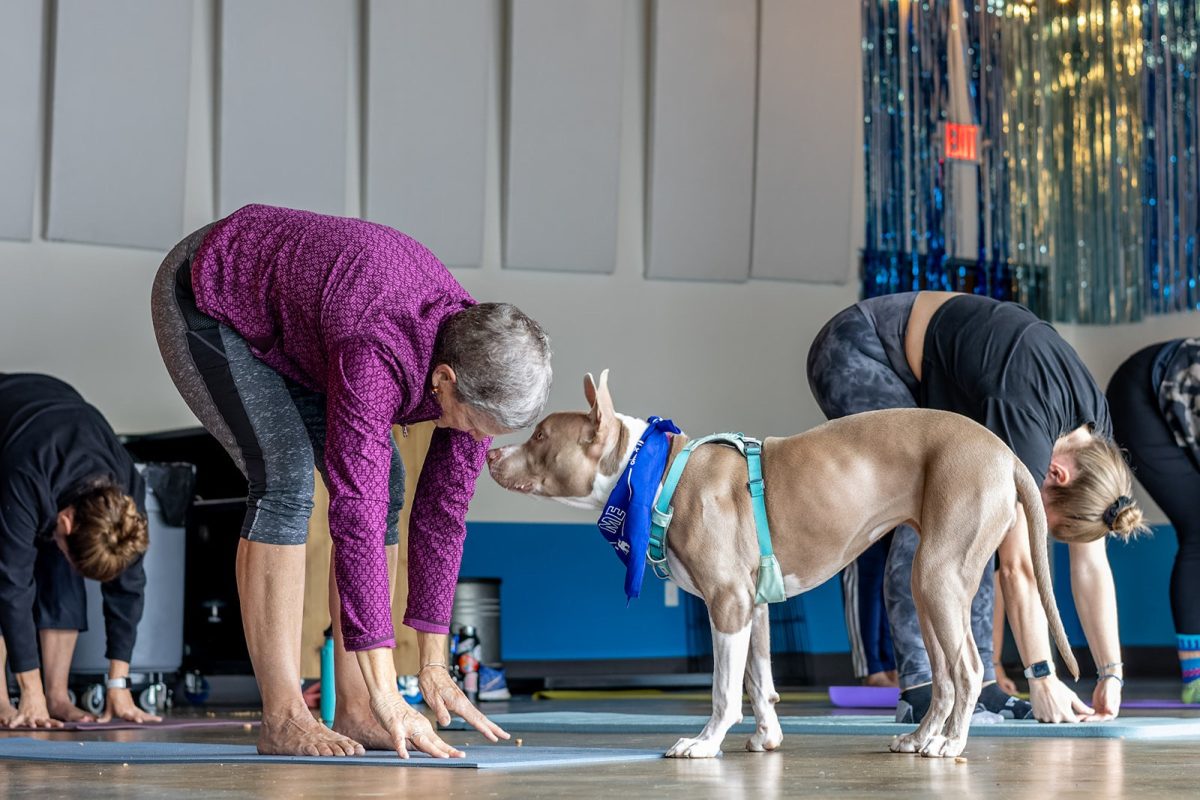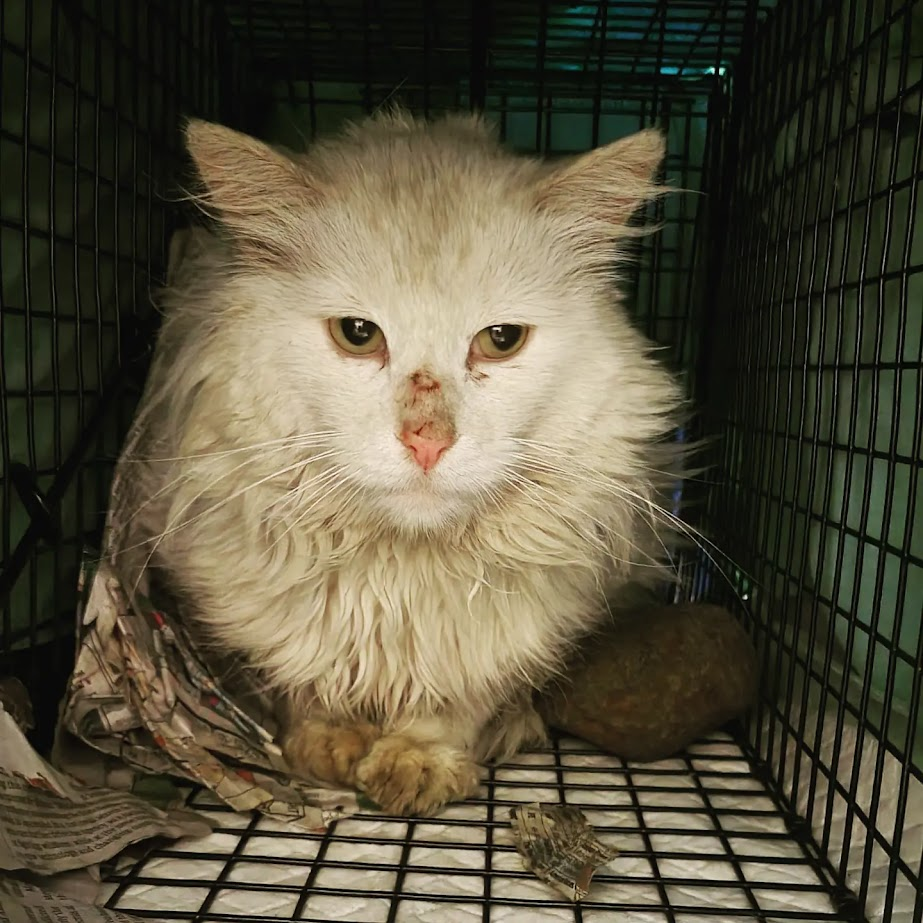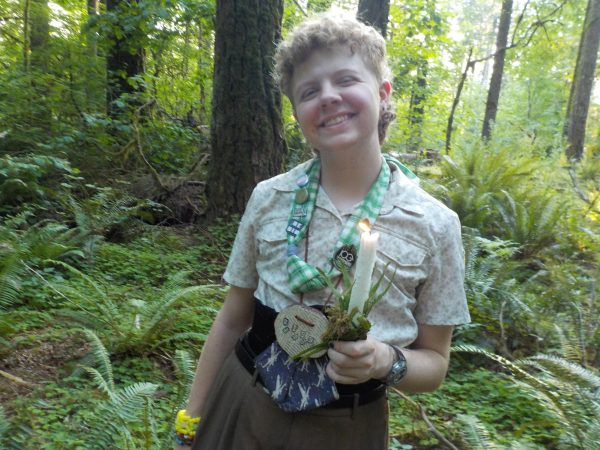
In 1977 a new film was released that set the world alight. With unprecedented storytelling, acting, production, and directing, “Star Wars: Episode IV – A New Hope,” changed the world as we know it today. Despite the franchise’s influence and success, it isn’t without issue. Throughout the three trilogies of “Star Wars” films, there have been clear differences between the male and female leads. One way to look at these differences is by examining the outfits that the main characters wear.
In “Episode II – Attack of the Clones,” released in 2002, during the final battle, Padmé Amidala gets the bottom half of her shirt ripped off by the monster she’s fighting. Nothing of the sort happens to Anakin Skywalker or Obi-Wan Kenobi who both stay fully clothed throughout the whole battle. Small details like this are littered throughout the “Star Wars” franchise. Ahsoka Tano is fourteen at the start of the “Clone Wars” series, and yet she wears nothing but a tube top and mini skirt for a majority of the series. That’s an issue regardless, but also illogical when you take into consideration that she’s in active war zones for most of the show. Many of the characters, specifically from the “Clone Wars,” whose first six seasons were made 2008-2014, all have their female characters in skimpy outfits that are hardly useful for the situations they find themselves in.
The lack of diversity within “Star Wars” has been a problem since the first movies were made. “Back in 1977 we did have Princess Leia as a prototype of a self-rescuing princess, which was really great, but she’s like the only one,” says Anna York, a teacher at Franklin High School who is also a very big “Star Wars” fan. Besides Princess Leia and Mon Mothma, we couldn’t think of any other female characters in the original trilogy. However, the issue of gender diversity in “Star Wars” is getting better over time, like recent “Star Wars” media such as “Rogue One,” “The Clone Wars,” and “Episodes VII-IX.”
The current writers and directors of “Star Wars” have been trying to show more diversity and focus more on the stories of women in their content. Sadly though, some of this was poorly executed. The story arc of Rey, the main force sensitive character in the newest trilogy, has a strong start, but as Greg Garcia, a Psychology Teacher at Franklin explains, “Everything that we were told was important in ‘The Force Awakens’ — such as Rey’s parentage, Luke Skywalker’s quest to find the first Jedi Temple, and the true identity and goal of the new villain to name a few things — was made null and void in its sequel ‘The Last Jedi.’” The failed writing of this trilogy affects more than just Rey, but the impact it has on the female fans is huge. Many people only watch the main nine movies, so the poor writing of several female characters limits the fan base to only having three well written female characters.
Episodes seven through nine, the newest “Star Wars” trilogy, introduced Rey, who gets roped into all the rebellion and goes on a quest to find Luke Skywalker and train to be a Jedi. The first movie of the trilogy, “The Force Awakens,” released in 2015 had a 93% on Rotten Tomatoes, yet after this first movie the writing of all of the characters gets rushed and their stories don’t get told in a way that truly shows their importance, which diminishes any positive female representation present. Episode eight, “The Last Jedi,” released in 2017, introduced a new character named Rose Tico. This character had a lot of potential, but with the failed writing of this trilogy, her story was disappointing. Garcia describes a very influential scene she’s a big part of, and why it just didn’t do her character justice. Finn, the former Stormtrooper, is about to save the resistance by sacrificing himself, before Rose forces him out of the way. “Rose tells Finn that the best way of beating the villains is to ‘save what they love.’ This speech about love triumphing over hate could’ve worked effectively if it weren’t directly juxtaposed with footage of said laser cannon firing at the Resistance Base potentially killing all of the couples’ comrades. This scene comes off as almost funny instead of tenderly poignant,” says Garcia. Rose has several scenes in the other movies that show her importance as a character, and she gives up something she cares about deeply to save the rebellion, so her actions endangering the whole rebellion to save her love interest seems to change her character to just be Finn’s love interest when she’s really so much more.
Sloppy writing around any character makes their supposedly emotional heartfelt scenes seem like not much more than a joke, and when it comes to writing female characters, especially in a predominantly male fanbase, it’s important to do the characters justice. While doing research for this article I found a video titled “Women are RUINING Star Wars!” This video is almost five minutes long and talks about how women being at the head of “Star Wars” is ruining it. “‘Star Wars’ itself benefited from the creative efforts of women,” says Garcia. “George Lucas’ ex-wife, Marcia Lucas, edited the film and converted the original cut of the original Star Wars — infamously known as being a 3-hour unwatchable mess — into the blockbuster juggernaut it is today.”
There’s so much hate among “Star Wars” fans, and so much distaste for anything new that it’s hard to tell the real, valid complaints from people just using the fact there’s more diversity as an excuse be racist or sexist. With media that has touched so many people’s lives, and has the widespread ability to share ideas with the world like “Star Wars,” there’s no way to avoid some bigoted ideas from people who need to share all their thoughts with anybody who will listen. More diversity in popular media shows more people that they really can do anything with their life. When the only gender representation you have is of your gender being not much more than a sex object, it limits your perspective on what you’re able to do. Showing that anyone of any race, gender, or sexuality can do anything empowers them to do just that.


